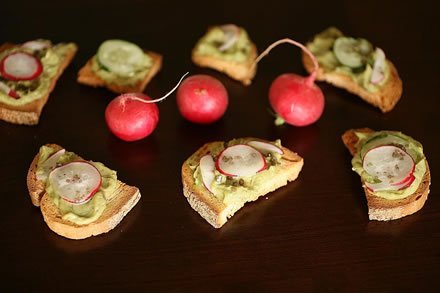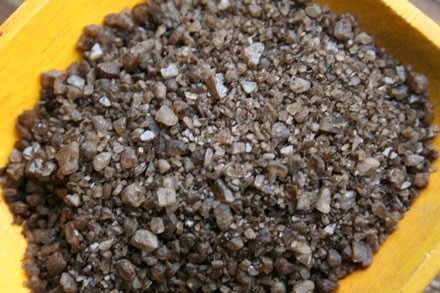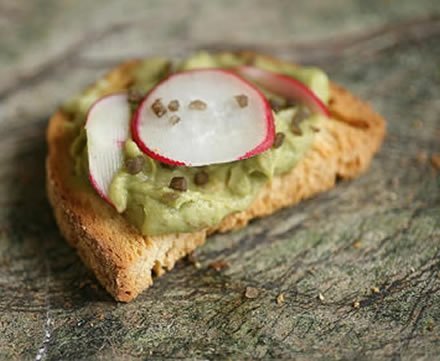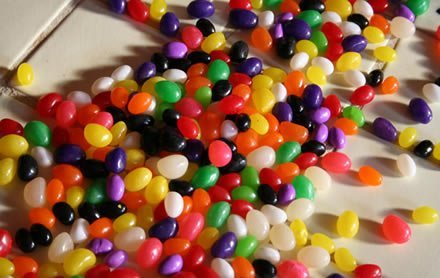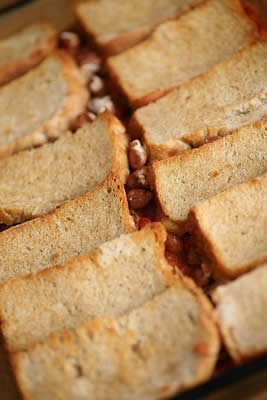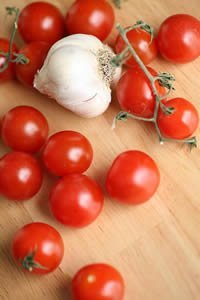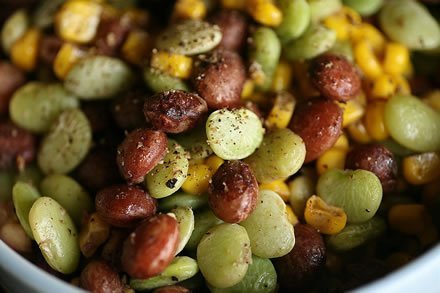
(Vegetarian, Vegan, Gluten-free)
There are as many recipes for succotash out there as there are imitations of Sylvester the Cat lisping over the syllables. Like cornbread, every region within the US seems to have its own version of succotash.
That’s what I like about it. This is the kind of dish that speaks to me on the same level that heirloom seeds do. Succotash is a dense historical novel on a plate, with a plot that delivers tragedy, triumph, courage and transition, and turns on survival and celebration. This dish is itself an heirloom, a native to this continent that evolved over time, with the people, depending on what they had and what they could cultivate. It was as dependent upon them as they were on it.
It’s a place-based food, succotash is. Like a true story, every person who tells (cooks) it will tell (cook) a slightly different version.
When we think about our own historical roots, U.S. residents tend to look to Europe and Africa and Asia, to places with much broader stories than our history in this place. The part of American history that belongs to us is very young.
But America does have a rich history, much older than the 232 years that we generally think of. Some of this country’s most powerful stories can be told through the food that has been handed down.
True succotash contains lima beans and corn. The rest seems to be up for grabs.

Like most stories, this one seems to embrace paradox. For instance, succotash is thought to be one of the first recipes the Algonquin Indians taught the settlers at Plymouth Rock. If this is so, then the early versions couldn’t have contained the requisite lima beans, since those are a long-season, warm weather crop. Succotash was also made by the Narragansett Indians, who called it misckquitash, which means “boiled corn”. It is notable that the two primary ingredients are two of the Three Sisters – beans, corn, squash — the main agricultural crops of many Native American tribes.
I found versions containing green beans, bell peppers, squash, onions and peas. I’ve even seen it with tomatoes and broccoli. Since those aren’t native crops, I tend to think these aren’t true succotash recipes.
The recipe
You’ll be relieved to know that I omitted bear fat. Yes, it’s a true native American food when it’s held together with the lard of Ursus Americanas.
I tried to keep my version as true and simple as possible, with a couple of deviations. There’s my addition of nutmeg (not, in case you were wondering a native spice!). In place of bear (or, as is commonly used now, butter or cream) I used olive oil. This rendition is simple and straightforward, which is what the bean calls for.
Good Mother Stallard is the star of this recipe. I purchased these beans from Seed Saver’s Exchange, but they’re also available from Rancho Gordo, who I’ll be talking about in next week’s post. Like the Hutterite soup bean, Good Mother Stallards are going to the top of my list.
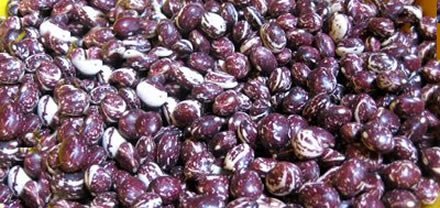
When cooked, they plump up till they are almost perfectly round. Dense, meaty, gorgeous and delicious, this bean deserves a simple dressing so that its personality can shine through.
Though I didn’t try it myself, I’ve been hearing that they yield an almost perfect pot liquor (the liquid left over after boiling something). Even after cooked, it holds onto its creamy color and burgundy markings (though the burgundy bleeds into the cream a bit). It’s nutty, earthy and extremely rich.
The seed was acquired by Seed Saver’s Exchange over a decade ago, from Glenn Drowns, a prominent horticulturalist and plant breeder. It’s a family heirloom that goes back many generations.
Succotash
¼ cup olive oil (traditionally bear fat, but I was out of that)
1 1/2 cups cooked Good Mother Stallard beans
1 cup cooked fresh or frozen shelled lima beans
3 cups corn
Black pepper, freshly ground
Salt
Nutmeg, ground fresh
Place Good Mother Stallard beans, lima beans and corn in a large, heavy skillet. Add olive oil and toss well to cover. Heat mixture on medium high heat for about 8 minutes, until hot all the way through. Add salt, pepper and nutmeg, adjusting to your tastes (I prefer a heaveier dose of nutmeg and pepper and less salt). Serve immediately.

